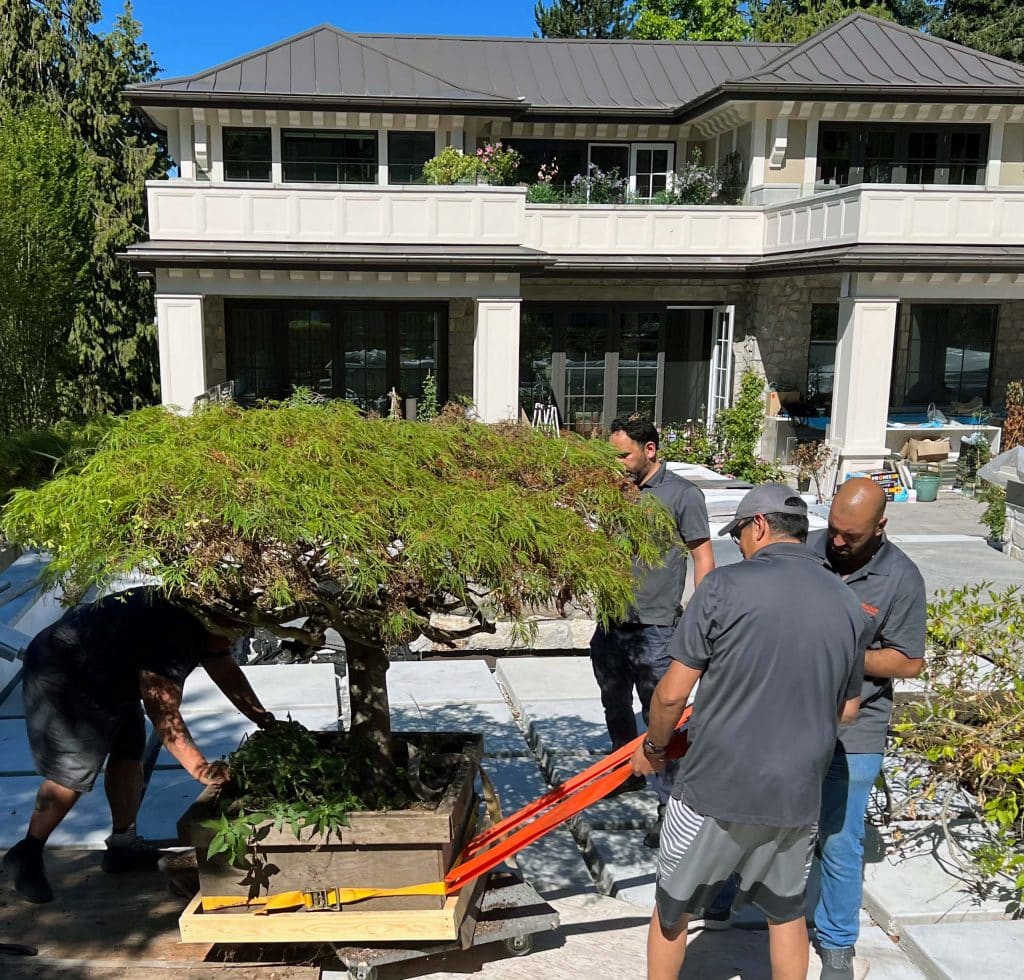
Whether you’re talking about house plants or plants from your garden, when you’re moving homes you may want to take your plants with you. At Ferguson Moving & Storage, many of our customers inquire about moving plants. While our skilled movers can help you move smaller plants, pots, potting materials, and other garden items, moving companies cannot transport larger plants. Instead, we recommend that you collaborate with a landscaper or garden expert to safely move your most prized plants. Nevertheless, if you’re trying to decide what to do with your plant when you move, we wanted to give you a brief guide to moving plants.
Planning
One of the main reasons Ferguson and other moving companies will not move plants is because of their fragility. Especially for longer moves, plants often do not survive in the journey to their new destination. However, with due care and attention, many plants can be safely moved and homeowners often decide to try. If you are especially attached to certain plants, you may choose to move them.
Still, it’s important to consider many environmental factors before moving plants. For example, are you moving into an area with the same climate and season? Will you plants have access to the same levels of sunlight and warmth? Plants can be very particular about their growing environment which is why you should always consult with landscapers before moving larger plants, especially those in your yard. You also need to think about the presence of pests in your new home – parasites, bacteria, and insects can wreak havoc on your plants.
So with that in mind, consider only moving plants locally – not only because of the plant’s environmental needs but also because of the impact of a long journey on the plants’ chances of survival. Instead, you can gift plants to local friends, neighbours, or even charities. Schools, long-term care facilities, and other health care organizations often love to receive plants as donations as they can be costly but can make facilities feel warmer and more comfortable.
Packing
Packing plants is almost an art form; but if you want them to thrive after a move, proper plant packing is imperative. Ultimately, you want to minimize the potential for damage to the plants by using sturdy packing materials and extra care during the packing process.
- Boxes – you want to get strong boxes and reinforce the seams with packing tape. Ideally, your plant will fit entirely in the box; so when you close the lid, make sure to poke a few holes in the sides of the box so there is airflow during the move. You may have some plants that are too large for a box, and that’s ok! Use some thicker paper or think cardboard to make a protective sleeve for your plants. Make sure that you support your plants in their boxes so they aren’t likely to tip of shift during your move.
- Garden plants – you may be determined to move garden plants which are much riskier to move. Make sure to water them before digging them up; and when you remove them from your garden, you want to take the entire root system with them.
- Packing – make sure you don’t crowd your plants when packing them. You can use filler (such as crumpled-up newspaper) to support the plant base (e.g. pots), but make sure there is adequate room around the plant structure.
Remember, moving companies will only move smaller plants. If you are moving plants from your garden or larger indoor trees and shrubs, always check with your local landscaper to ensure the long-term health of your plants.

Categories
Moving Resources
Moving Checklist
Follow this comprehensive moving checklist to ease your relocation stress and stay organized.
Learn MoreMoving Company Comparison Guide
This comparison guide helps you evaluate and select the perfect moving company for your needs.
Learn MoreWe make moves easy for you.
- Local Moving
- Long Distance Moving
- Seniors Moving
- Piano Moving
- Item Relocation
- Overnight and Long-term Storage
- Packing Supplies

